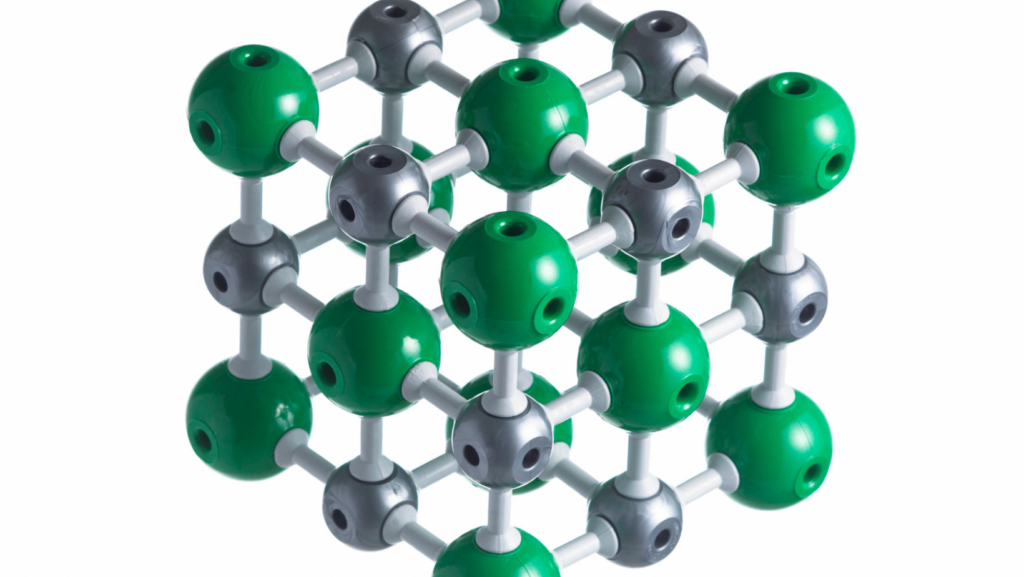Ultraviolet radiation is a powerful force that can have a profound impact on the world around us. In particular, it has the ability to decompose chlorinated hydrocarbons, a group of compounds commonly found in various industrial processes. As an expert in the field, I have witnessed firsthand the fascinating effects of this process and its implications for environmental sustainability.
What is Ultraviolet Radiation
Ultraviolet (UV) radiation is a form of electromagnetic radiation that is invisible to the human eye. It falls within the electromagnetic spectrum between visible light and X-rays. UV radiation consists of three main types: UVA, UVB, and UVC.
One of the notable effects of UV radiation is its ability to decompose chlorinated hydrocarbons. Chlorinated hydrocarbons are organic compounds containing chlorine atoms bonded to carbon atoms. They are commonly used in industrial applications such as solvents, pesticides, and plastics.
When chlorinated hydrocarbons are exposed to UV radiation, they undergo a process called photodegradation. This occurs when high-energy UV photons interact with the chemical bonds in the chlorinated hydrocarbons, causing them to break apart. This breakdown leads to the formation of simpler compounds, such as carbon dioxide, water, and chlorine gas.
What are Chlorinated Hydrocarbons
Chlorinated hydrocarbons are a group of organic compounds that contain both chlorine and carbon atoms in their chemical structure. These compounds are widely used in various industries and products, including pesticides, solvents, refrigerants, and plastics. They have been instrumental in advancing technological advancements and improving our quality of life.
____ is Formed When Ultraviolet Radiation Decomposes Chlorinated Hydrocarbon.
Ultraviolet (UV) radiation plays a significant role in the decomposition of chlorinated hydrocarbons. When these two interact, a process called photodegradation occurs, leading to the breakdown of chlorinated hydrocarbons. It’s fascinating how UV radiation can harness its energy to disrupt the chemical bonds in these compounds.
The interaction between UV radiation and chlorinated hydrocarbons starts with the absorption of the UV photons by the molecules. This absorption energizes the chlorinated hydrocarbon, causing it to undergo chemical reactions. The energy from the UV radiation breaks the chlorine-carbon bonds, resulting in the formation of free radicals.
UV radiation has the remarkable ability to decompose chlorinated hydrocarbons through the process of photodegradation. This interaction initiates a chain of reactions, leading to the transformation of these compounds into simpler and less harmful substances. By harnessing the power of UV radiation, we can effectively mitigate the environmental and health risks associated with chlorinated hydrocarbons.

Effects of Ultraviolet Radiation on Chlorinated Hydrocarbons
When it comes to the interaction between ultraviolet (UV) radiation and chlorinated hydrocarbons, one key observation stands out: UV radiation has the ability to decompose chlorinated hydrocarbons. This phenomenon, known as photodegradation, plays a vital role in minimizing the environmental and health risks associated with these compounds. Let’s delve into the effects of UV radiation on chlorinated hydrocarbons.
Prevention and Mitigation Strategies
When it comes to the decomposition of chlorinated hydrocarbons by ultraviolet (UV) radiation, there are several prevention and mitigation strategies that can be employed. These strategies aim to minimize the release of chlorinated hydrocarbons into the environment and enhance their breakdown through UV radiation exposure.
- Contamination Prevention: The first line of defense is to prevent the release of chlorinated hydrocarbons into the environment. This can be achieved through proper storage, handling, and disposal of these compounds. Implementing stringent regulations and guidelines can help ensure that chlorinated hydrocarbons are used safely and do not pose a risk to the environment.
- Environmental Monitoring: Regular monitoring of the environment for the presence of chlorinated hydrocarbons is crucial. This allows for early detection of contamination and enables quick action to prevent further spread. Monitoring methods can include sampling and analyzing water, soil, and air samples in areas where chlorinated hydrocarbons are commonly used or released.
- Remediation Techniques: In cases where contamination has already occurred, various remediation techniques can be employed to mitigate the effects. These techniques involve the use of UV radiation to break down chlorinated hydrocarbons present in the environment. Some common remediation methods include:
- Solar Photocatalysis: This technique utilizes the power of sunlight to enhance the breakdown of chlorinated hydrocarbons. Photocatalytic materials, such as titanium dioxide, are used to catalyze the decomposition process, resulting in the conversion of chlorinated hydrocarbons into simpler and less harmful compounds.
- UV/Oxidation Processes: UV radiation can be combined with oxidation processes, such as advanced oxidation processes (AOPs), to effectively degrade chlorinated hydrocarbons. These processes generate highly reactive oxygen species, which react with the hydrocarbons and break them down into non-toxic substances.
- Public Awareness and Education: Raising public awareness about the risks associated with chlorinated hydrocarbons and the importance of UV radiation in their decomposition is crucial. By educating individuals about proper handling and disposal practices, as well as the benefits of UV radiation in mitigating the environmental impact, we can promote responsible behavior and minimize the release of chlorinated hydrocarbons into the environment.
Conclusion
The decomposition of chlorinated hydrocarbons by ultraviolet (UV) radiation is a significant environmental concern. Through the strategies discussed in this article, we can work towards preventing and mitigating this decomposition process.
By implementing these strategies, we can make significant progress in preventing and mitigating the decomposition of chlorinated hydrocarbons by ultraviolet radiation, ultimately preserving our environment for future generations.
